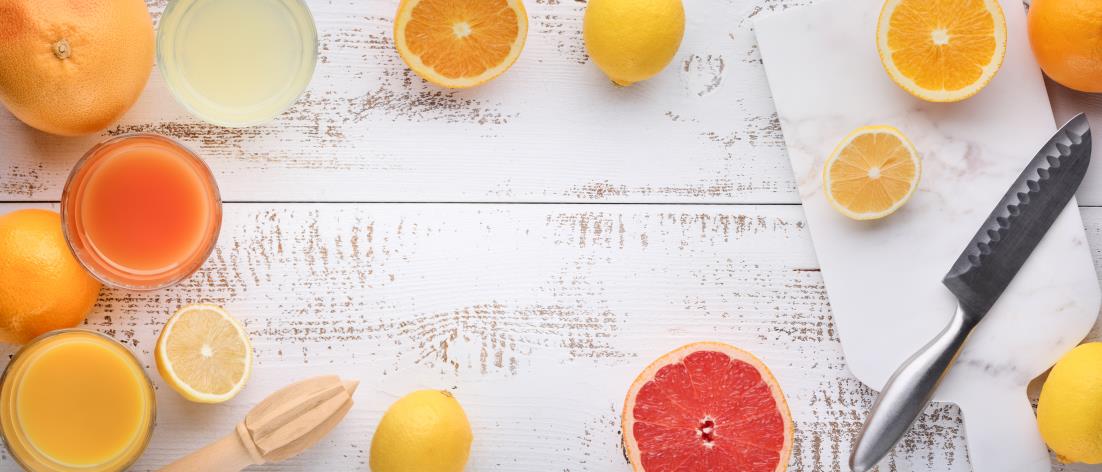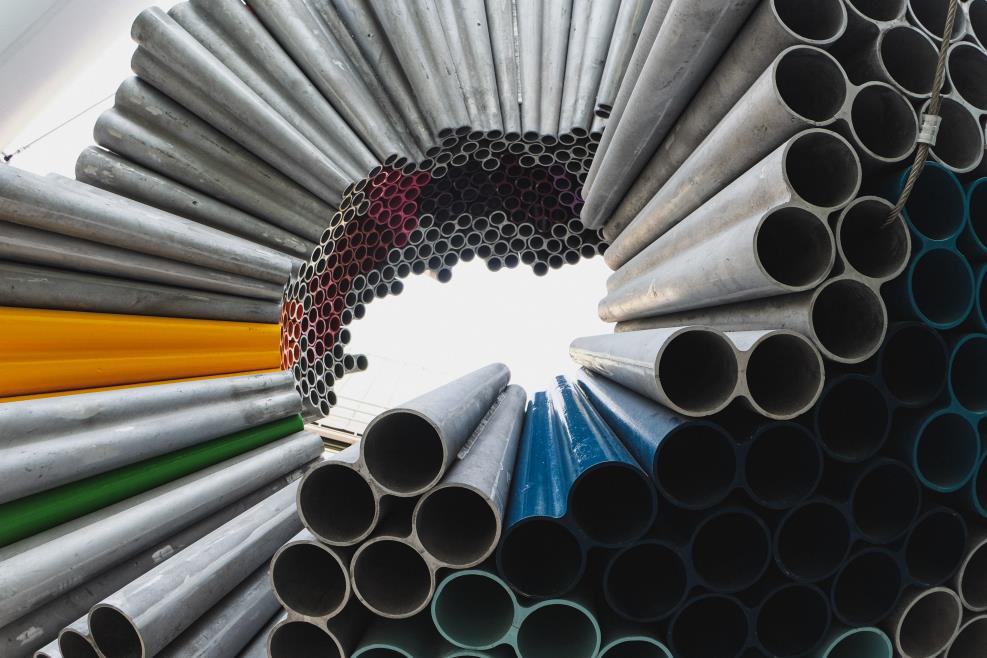When shopping for high-quality German knives, you likely came across the term “X50CrMoV15.” This designation refers to the steel used in the knife’s blade, and it’s one of the most popular types of steel used in chef’s knives. The name appears like randomly generated gibberish, but with some research, you’ll find that it contains a lot of information about the steel.
X50CrMoV15 is essentially a chromium-molybdenum-vanadium martensitic stainless steel. The “X” in the name shows that it’s a type of stainless steel, 50 is the percentage composition of steel, Cr shows there’s chromium, while Mo and V indicate the presence of molybdenum and vanadium. The “15” represents the chromium content in the steel.
This type of stainless steel is popular among Germans who use it to make different kitchen knives. This article will take a deeper look at X50CrMoV15’s composition and compare it with other knife materials.
Table of contents
X50CrMoV15 Steel Composition
Martensitic steel is a special type of stainless steel composed of alloys tempered and hardened in different ways. X50CrMoV15 is martensitic stainless steel that contains a high amount of chromium, which gives its exceptional tensile strength, hardness, and abrasion resistance.
The steel also contains molybdenum and vanadium for better corrosion resistance and overall durability.
The chemical composition of X50CrMoV15 is as follows:
- Chromium: 15%
- Carbon: 0.55%
- Silicon: 1.00%
- Manganese: 1.00%
- Vanadium: 0.20%
- Sulfur: 0.0015%
- Phosphorus: 0.04%
- Nitrogen: 0.60%
- Molybdenum: 0.8%
The 15% chromium in X50CrMoV15 gives the steel its exceptional stainless properties. It increases the steel’s hardness and abrasion resistance, making it ideal for German kitchen knives. Carbon promotes edge retention, hardness, and wear resistance, while silicon enhances the steel’s heat resistance.
Manganese enhances the brittleness of the steel; vanadium promotes resistance to wear, while sulfur fosters flexibility during the production process. Phosphorus and Nitrogen boost the strength and hardness of the steel, and molybdenum promotes machinability, especially during the manufacturing process.
From the above composition, it’s clear that the Germans put a lot of thought into the perfect steel alloy for kitchen knives. Using a high amount of chromium, molybdenum, and vanadium, they created a type of stainless steel that is both hard and durable while maintaining corrosion resistance.
How is X50CrMoV15 as a knife material?

The vast chemical composition of X50CrMoV15 makes it a versatile material for knives. Without a doubt, it’s one of the best materials for making German chef’s knives.
Below is how the steel fares in the most important categories for knives:
Hardness (Rockwell Scale of Hardness)
The Rockwell scale of hardness measures how resistant a material is to indentation and wear. The higher the number, the harder the material, and vice versa. X50CrMoV15 has a Rockwell hardness of 52–56 HRC. This range can vary depending on the heat treatment process used during production.
The near-perfect middle ground makes the steel both tough and durable, not so soft or brittle that it can’t withstand tough use, and not so hard that it’s difficult to sharpen.
Corrosion and Rust Resistance
The chromium in X50CrMoV15 forms a passive layer on the steel’s surface that resists corrosion and rust. The steel also contains molybdenum and vanadium, which further enhances corrosion resistance.
Edge Retention
X50CrMoV15 has about 0.55% carbon content and 0.20% vanadium. The low amounts of carbon and vanadium form vanadium carbides that aren’t as hard as other high-end variants. This feature means that the knife won’t retain its edge for extended periods.
Wear Resistance
Wear resistance measures a material’s ability to withstand surface abrasion. The higher the wear resistance, the longer the material will last. The vanadium and molybdenum in X50CrMoV15 form complex compounds that increase the steel’s wear resistance.
Sharpening and Sharpness
The moderate amounts of carbon in X50CrMoV15 make it a reasonably easy steel to sharpen. Anyone with ordinary knife sharpening skills should have no trouble sharpening an X50CrMoV15 blade.
X50CrMoV15 steel vs. other steel knives

Now that we’ve looked at X50CrMoV15 in detail, let’s compare it to some other popular kitchen knife steels.
VG10 steel
VG10 is Japanese stainless steel often used in kitchen knives. It has a Rockwell hardness greater than 60, making it one of the hardest knife steels available. It also contains a high amount of carbon (1.05%), chromium (15.5%), molybdenum (1.2%), and vanadium (0.3%). Unlike X50CrMoV15, it has cobalt at 1.5%, which enhances the properties of other metals in the alloy.
AUS-10 steel
AUS-10 is a midlevel Japanese stainless steel. It stands out as the best among the AUS series that includes AUS-6 and AUS-8. It has a Rockwell hardness of 58 to 60, making it harder than X50CrMoV15. It also contains a high amount of carbon at 1.10%, giving it excellent edge retention but is more difficult to sharpen.
X30Cr13 steel
X30Cr13 contains less carbon at 0.30% and chromium at 13%. The lack of carbon makes it softer than X50CrMoV15. It also has lesser edge retention but is easier to sharpen.
440C steel
440C stainless steel alloy is a common choice for knife production. As part of the 440 stainless steel series, it contains a high concentration of carbon (0.95%) and chromium (16 to 18%). This combination makes the steel very hard; thus, it’s harder to sharpen but retains its edge longer.
12c27 Sandvik steel
12c27 is Swedish stainless steel used in the production of knives and other cutting tools. It contains 13.50% chromium and 0.60% carbon. The low amount of carbon gives it good corrosion resistance but limits its edge retention. The chromium makes the steel hard but not as hard as X50CrMoV15, making it easier to sharpen.
How to care for an X50CrMoV15 steel knife?
As much as the X50CrMoV15 steel is high quality, proper care and maintenance are essential to preserving its properties.
Below is how to take care of your X50CrMoV15 steel knife:
How to sharpen and store your knife
The material composition of the X50CrMoV15 doesn’t retail the edge well, so you should use a sharpening stone of appropriate grit.
As for knife storage, it’s advisable to keep the knife in a sheath when not in use. Different types of knife sheaths are available in the market, and you can choose one that best suits your needs. A magnetic rack is also a good option as it keeps the knife securely in place.
How to clean your knife
Cleaning is as necessary as sharpening and storing the knife. After each use, wash the knife with warm soapy water and pat dry. Make sure to clean the blade, handle, and any other part of the knife. You can also use a soft brush to clean off any debris stuck to the blade.
You can use a diluted vinegar solution or lemon juice to remove stubborn stains. Avoid using harsh chemicals such as bleach as they might damage the steel. Avoid placing the knife in a dishwasher.
Proper use of cutting boards
The best cutting board material is one that doesn’t dull the blade. Wood makes the perfect cutting board for X50CrMoV15 steel knives. It has a natural ability to absorb the knife’s edge and prevent it from becoming dull. Plastic cutting boards are also good but can cause some damage to the blade with prolonged use.
X50CrMoV15 (FAQs)
Is X50CrMoV15 stainless?
The X50CrMoV15 is stainless steel. It contains chromium higher than 11%, which gives it the stainless property. The material is durable and tough, making it the perfect choice for knife production. While the stainless steel doesn’t hold its edge well, it’s easier and faster to sharpen with a honing rod or sharpening stone.
Is X50CrMoV15 good for a kitchen knife?
The X50CrMoV15 steel is perfect for kitchen knives. It’s tough, durable, and has a good balance of hardness and softness. The stainless steel also doesn’t rust or corrode easily. With proper care and maintenance, your X50CrMoV15 kitchen knife will last long.
What are the benefits of X50CrMoV15 steel?
Using X50CrMoV15 steel in knife production ensures that the knife is tough, durable, and has good corrosion resistance. The steel is also easy to sharpen and doesn’t lose its edge quickly.
Closing
The X50CrMoV15 steel is a great choice for knife production. It has the perfect balance of hardness and softness, making it tough and durable. The stainless steel also doesn’t rust or corrode easily and is easy to sharpen. Use a sharpening stone or a honing rod and store the knife in a sheath when not in use.
Visit our store and check out exciting offers on quality kitchen knives that will change your cooking experience for the better.









